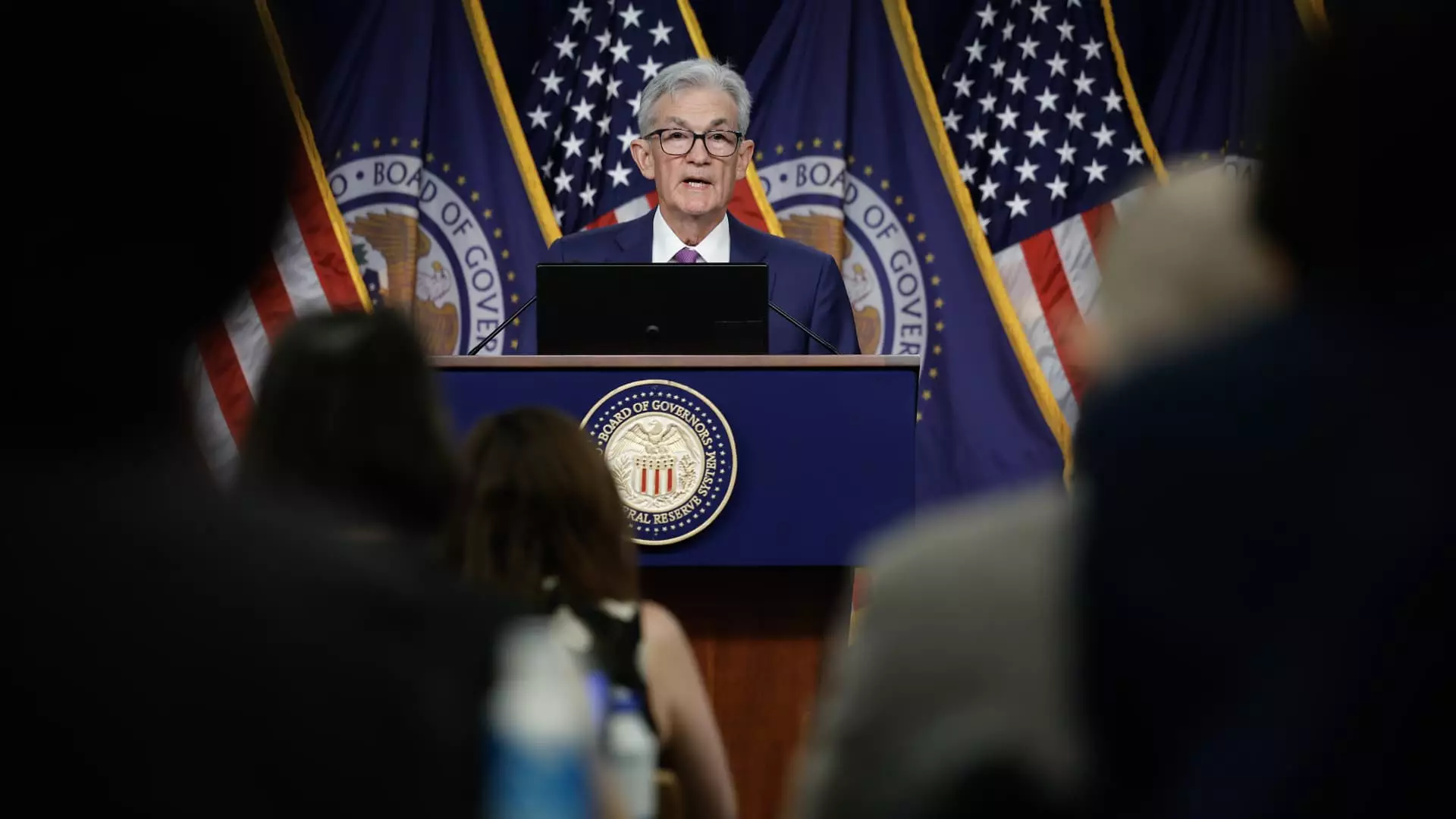The recent decision by Federal Reserve officials to keep short-term interest rates steady has sparked conversations about the possibility of future interest rate cuts. While maintaining language in the post-meeting statement that indicates ongoing concerns about economic conditions, the Federal Open Market Committee hinted at progress being made towards achieving its employment and inflation goals. Specifically, the statement noted that there has been some further progress towards the Committee’s 2 percent inflation objective, suggesting that inflation is getting closer to its target.
Despite the indication of progress, the Federal Reserve chose to maintain a declaration that more progress is needed before rate reductions can happen. The committee emphasized the need for greater confidence that inflation is sustainably moving towards 2 percent before considering a reduction in the target range. This cautious approach underscores the Fed’s commitment to data dependence and underscores the fact that decisions on interest rates will not be guided by forecasts.
Following the FOMC’s decision to hold rates steady, market participants had been anticipating signs that the Fed might cut rates at the next meeting in September. Futures pricing even pointed to further cuts at the November and December gatherings, assuming quarter percentage point moves. Stocks rallied after the committee’s decision, highlighting the market’s positive response to the news.
The Committee expressed attentiveness to the risks associated with both full employment and low inflation. However, the word “highly” was dropped from the previous statement, signaling a slight change in the Committee’s tone regarding these risks. Despite signs that inflation is weakening, Fed officials remain committed to a cautious approach, especially in light of concerns about the economy’s ability to withstand high borrowing costs.
Analysing Recent Economic Data
Recent economic data has painted a mixed picture of the current economic landscape. While indicators show that price pressures have eased from their peak in mid-2022, there are concerns about a potential weakening in the labor market. Unemployment, though still low at 4.1%, has shown signs of moving up slightly. Payrolls processing firm ADP reported private sector job growth of just 122,000 in July, suggesting that the labor market could be losing momentum. Despite this, there were positive signs in the form of slower wage growth and lower costs of wages, benefits, and salaries in the second quarter.
The Federal Reserve’s decision to keep short-term interest rates steady reflects a cautious approach to managing economic conditions. While indications of progress towards inflation targets have been noted, the Committee remains vigilant about the risks to full employment and low inflation. Market expectations for future interest rate cuts suggest that investors are hopeful for further easing of monetary policy. However, with economic data showing mixed signals, the Fed’s commitment to data dependence and cautious decision-making remains a central theme in its approach to monetary policy.

